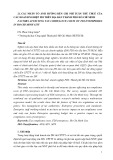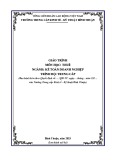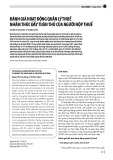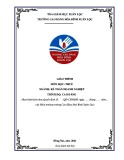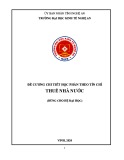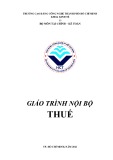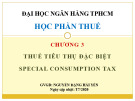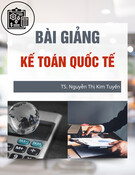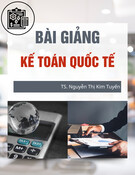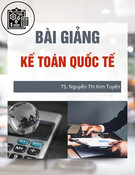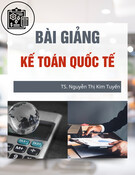
http://www.iaeme.com/IJM/index.asp 83 editor@iaeme.com
International Journal of Management (IJM)
Volume 9, Issue 3, May–June 2018, pp. 83–89, Article ID: IJM_09_03_009
Available online at
http://www.iaeme.com/ijm/issues.asp?JType=IJM&VType=9&IType=3
Journal Impact Factor (2016): 8.1920 (Calculated by GISI) www.jifactor.com
ISSN Print: 0976-6502 and ISSN Online: 0976-6510
© IAEME Publication
GOODS AND SERVICE TAX
IMPLEMENTATION IN JEWELLERY SECTOR:
A COMPARATIVE STUDY ON ORGANISED
AND UNORGANISED TRADERS IN INDIA
Ashalakshmi. RK
Associate Professor, MACFAST, Tiruvalla
ABSTRACT
GST implementation is expected to be positive for jewellery companies in the
organized market. Analysts expect GST to improve higher tax compliance, which will
result in a level-playing field for the organized market. This is a landmark for the
jewellery sector as the government rightly kept the overall tax burden low in the
industry at 3%, keeping in mind the unique characteristics of the gems and jewellery
sector, the ‘kaarigars’ and small jewellers. This is expected to reduce the price
differential versus unorganized firms, which in turn is likely to result in market share
gains for companies such as Titan and support their earnings growth.
The impact on the unorganized sector will be one factor to watch for from a
medium-term perspective. The current study is intended to provide a comparative
analysis of the beneficiaries in the implemented GST rate between organized and
unorganized traders. This paper also discusses the various factors that need to be
taken into consideration by the jewellers and authorities to attract the benefits of
implemented GST.
Keywords: GST, Jewellery Sector, gold trade
Cite this Article: Ashalakshmi. RK, Goods and Service Tax Implementation in
Jewellery Sector: A comparative study on organised and unorganised traders in India,
International Journal of Management, 9 (3), 2018, pp. 83–89.
http://www.iaeme.com/IJM/issues.asp?JType=IJM&VType=9&IType=3
1. INTRODUCTION
The main motive of conducting this study is to identify and discuss the various reasons behind
the difference exist on the benefits received as per GST implementation are varying on
organised and unorganised traders in Jewellery sector. The market share gain in the jewellery
business continued unabated despite some slowdown in the month of July as a consequence of
the advancement of sales that we saw in the second half of June (in anticipation of
GST).”With the 3-percent GST, now many more will be tempted to make unofficial purchases






